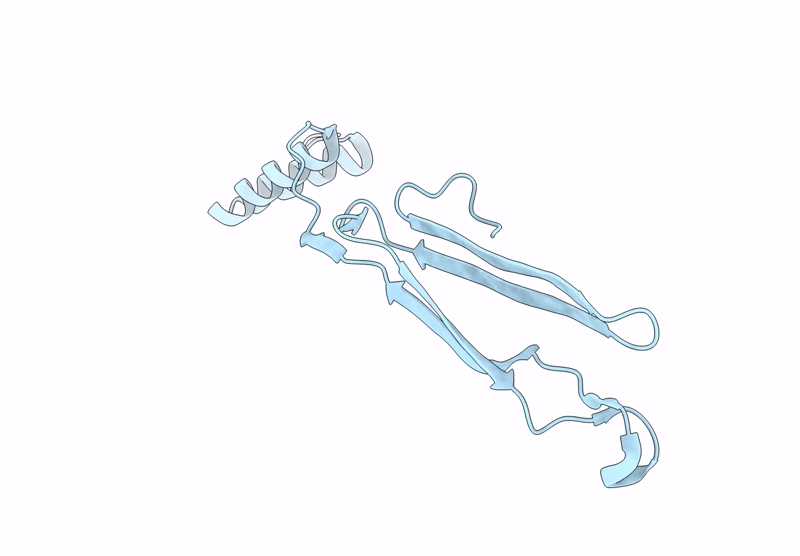
Deposition Date
2024-05-15
Release Date
2025-05-14
Last Version Date
2025-09-17
Entry Detail
PDB ID:
9BTQ
Keywords:
Title:
Cryo-EM structure of extracellular tube from Microcystis Aeruginosa pcc 7806SL
Biological Source:
Source Organism:
Microcystis aeruginosa PCC 7806SL (Taxon ID: 1903187)
Method Details:
Experimental Method:
Resolution:
2.40 Å
Aggregation State:
FILAMENT
Reconstruction Method:
HELICAL


